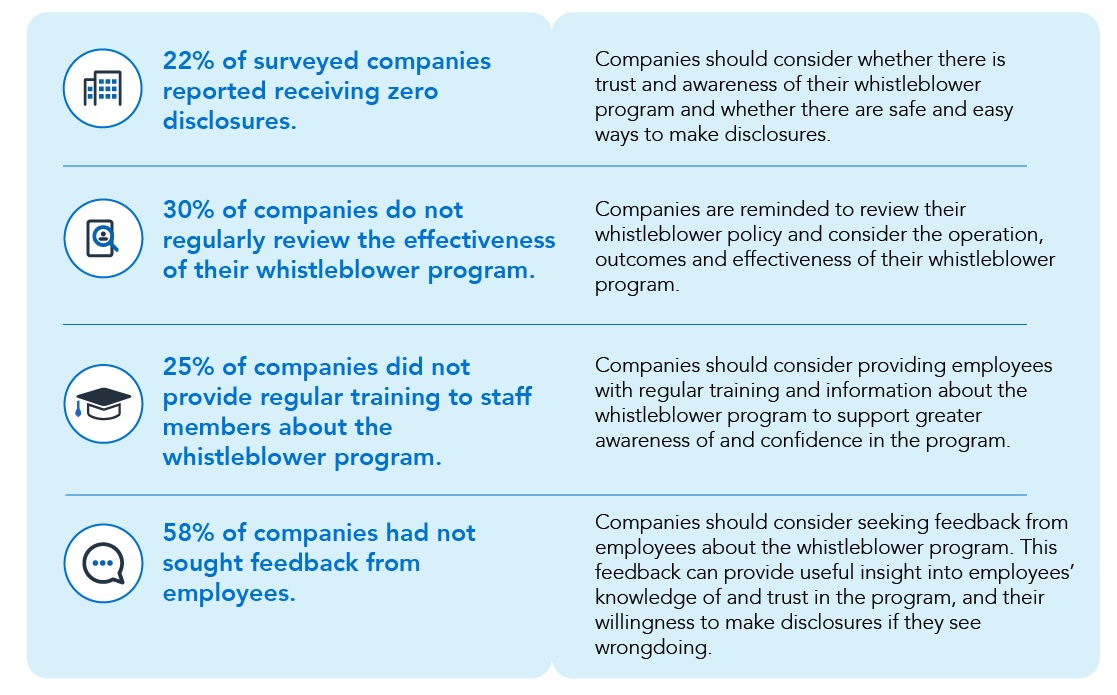Why Employee Retention Is So Important
Employee retention boosts productivity, workplace culture, and long-term profitability.

Why Employee Retention Is So Important
Louise Thompson
Clinical Director
27 June 2024
High employee turnover disrupts productivity, drains resources, and damages workplace morale. With nearly half of HR professionals citing retention as their biggest challenge, businesses are struggling to keep their best talent.
Each departure isn’t just a vacancy—it’s lost knowledge, reduced engagement, and potential hits to profitability.
By prioritising employee retention, organisations can unlock a host of benefits, from improved productivity and stronger culture to increased profitability and customer satisfaction. We explore why investing in retention is essential and the transformative impact it can have on your business.
What is Employee Retention and Why Does It Matter?
Employee retention refers to an organisation’s ability to keep its employees over a set period, minimising the need for frequent hiring and training.
High retention ensures a stable, experienced workforce, whereas turnover—whether voluntary or involuntary—disrupts operations and incurs significant costs.
A high retention rate, typically benchmarked at 90% or more, reflects a healthy workplace where employees feel valued and engaged.
Achieving this metric is critical as it directly impacts organisational efficiency and long-term success. Retaining skilled employees reduces recruitment and onboarding expenses, preserves institutional knowledge, and fosters a stable environment for sustained growth.
In contrast, high turnover leads to productivity gaps, low morale, and a decline in overall performance.
By prioritising employee retention, companies not only save resources but also build a strong foundation for future success.
The formula for Employee Retention Rate is a simple calculation used to measure the percentage of employees a company retains over a specific period. Here’s the formula:
Retention Rate (%) = [(Number of Employees at End of Period – New Hires) ÷ Number of Employees at Start of Period] × 100
This formula helps you measure the percentage of employees who remain with your organisation over a given period. A high retention rate indicates a stable and satisfied workforce.
Benefits of Employee Retention
Enhanced Employee Engagement
When employees stay with a company, they develop a deeper sense of commitment and connection to their roles. This engagement not only boosts their productivity but also enhances customer satisfaction, as engaged employees deliver better experiences.
In a recent employee engagement survey, 88% of workers believe schedule flexibility is an important work arrangement
High Performance
Retaining engaged employees leads to the formation of high-performing teams who are invested in achieving company goals. Their dedication creates a culture of excellence where individual contributions align with organisational success.
Improved Productivity
Experienced employees are more efficient and require less time to adapt to processes, which drives consistent productivity. Retention reduces disruptions caused by turnover, allowing teams to focus on delivering high-quality work without setbacks.
Strengthened Organisational Culture
Long-term employees reinforce company values and serve as role models for new hires, fostering a cohesive culture. Their presence helps create a stable and positive work environment that improves morale and reduces turnover rates.
Sustainable Profitability
Retention minimises the costs of hiring and onboarding while maximising the value of skilled employees. With increased productivity and stronger customer loyalty, organisations can significantly enhance their bottom line.
Better Customer Service
Retained employees have a deeper understanding of customer needs, enabling them to provide consistent and high-quality service. Their strong relationships with clients lead to increased customer loyalty and a more positive brand reputation.
Retained Institutional Knowledge
Long-tenured employees possess critical expertise and historical knowledge that are invaluable to the organisation. By retaining these individuals, companies ensure continuity in operations and leadership, avoiding knowledge gaps.
Higher Employee Morale
Employees in stable workplaces feel more secure and satisfied, contributing to a positive team atmosphere. Retention prevents the morale issues caused by frequent turnover, such as stress and disengagement.
Focused Management
Managers can dedicate more time to coaching and supporting their teams when they aren’t constantly addressing vacancies. This focus improves team performance, engagement, and long-term employee satisfaction.
Strategies to Improve Employee Retention
Offer Competitive Compensation and Benefits
Provide fair pay, strong health benefits, and tailored perks to show employees they’re valued. Fair pay and benefits remains the strongest incentive for people staying in a particular job.
Foster Career Growth
Invest in upskilling, mentoring, and clear paths for advancement to keep employees engaged.
In a 2023 Gallup poll, while “Pay/Benefits” was the most cited reason for job departures, it accounted for only 16% of cases, highlighting the need for organisations to address other factors driving the remaining 84% of employee exits.
Cultivate Positive Culture
Build an inclusive, values-driven workplace that supports and appreciates employees.
Promote Work-Life Balance
Offer flexible schedules and time off to reduce burnout and improve satisfaction.
Implement a Strong EAP
Support mental health with accessible resources and stress management tools like an Employee Assistance Program that offers employee counselling and other benefits.
Recognise and Reward Contributions
Celebrate achievements regularly to boost morale and loyalty.
Communicate Clearly
Keep employees informed and heard through open, honest communication.
prioritising employee retention is more than just a strategy—it’s a cornerstone of organisational success. Retaining top talent reduces costs, preserves institutional knowledge, and fosters a positive workplace culture.
By addressing the root causes of turnover and investing in employee satisfaction, businesses can unlock higher productivity, stronger engagement, and long-term profitability. Retention isn’t just about keeping employees; it’s about building a resilient and thriving organisation.
Related Articles

Hello 👋 I’m Joel the founder of Foremind.
Are you ready for simplified support & compliance?
Latest insights
Answers to the frequently asked questions.
Still have questions?
Email us at enquiries@foremind.com.au and we'll get back to you quickly with a response
Yes, we have culturally competent counsellors available, including those able to work with first nation and CALD employees.
Onshore on secure AWS Servers in Sydney Australia. All data is encrypted in transit and at rest and our entire team is located in Australia.
Employees can access our platform on any device (mobile, laptop, desktop, etc.) as long you have the website link - no need to download any app on devices. You wouldn’t need to enrol any of your staff individually.- When we do our onboarding, we ask for the first name, last name and email of all your employees, and send out an email invite to all them which will allow them to create their own individual account to access the platform. For new staff we can also invite them or provide you with a unique link to embed in your onboarding process, whichever is more convenient for you. We also kick things off with a launch webinar or video to make sure everyone is aware of Foremind and how to use it. We’ll also provide you with any collateral such as posters, QR codes, brochures etc. to help drive awareness and encourage people to create an account in the platform.
The support line is answered by our reception service 24/7. It is for urgent platform or session-related issues only (e.g. *“My counsellor didn’t show”*) or helping staff create an account.







